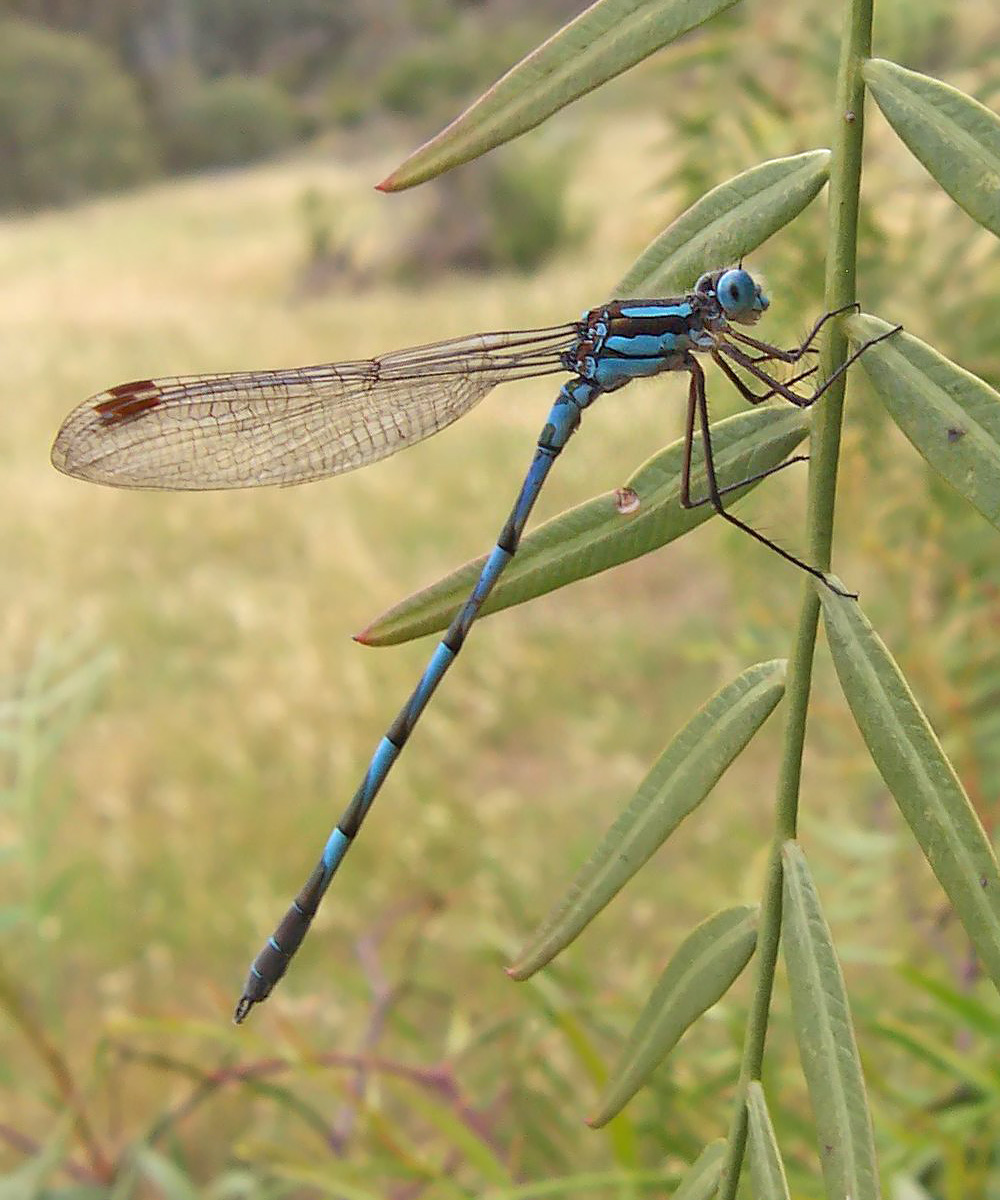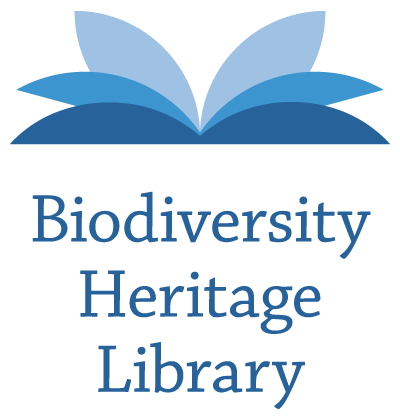|
Neosticta Silvarum
''Neosticta'' is a genus of damselflies belonging to the family Isostictidae. It is endemic Endemism is the state of a species being found only in a single defined geographic location, such as an island, state, nation, country or other defined zone; organisms that are indigenous to a place are not endemic to it if they are also foun ... to eastern Australia. Species of ''Neosticta'' are medium-sized damselflies, with a dull brown or black colouring and pale markings. Species The genus ''Neosticta'' includes the following species: *'' Neosticta canescens '' *'' Neosticta fraseri '' *'' Neosticta silvarum '' References {{Taxonbar , from=Q2033286 Isostictidae Zygoptera genera Odonata of Australia Endemic fauna of Australia Taxa named by Robert John Tillyard Insects described in 1913 Damselflies ... [...More Info...] [...Related Items...] OR: [Wikipedia] [Google] [Baidu] |
Robert John Tillyard
Robert "Robin" John Tillyard Fellow of the Royal Society, FRS (31 January 1881 – 13 January 1937) was an English–Australian entomology, entomologist and geologist. Early life and education Tillyard was the son of J. J. Tillyard and his wife Mary Ann Frances, née Wilson and was born at Norwich, Norfolk. He was educated at Dover College and intended to enter the army but was rejected on account of having suffered from rheumatism. He won a scholarship for classics at University of Oxford, Oxford and another for mathematics at University of Cambridge, Cambridge, and decided to go to Queens' College, Cambridge. He graduated senior optime in 1903. He went to Australia in 1904 and was appointed second mathematics and science master at Sydney Grammar School. While working as a science master Tillyard found time to publish extensively on dragonflies. After nine years with Sydney Grammar School, he resigned and undertook a research degree in biology at University of Sydney, Sydney U ... [...More Info...] [...Related Items...] OR: [Wikipedia] [Google] [Baidu] |
Neosticta Canescens
''Neosticta canescens'' is a species of damselfly in the family Isostictidae, commonly known as a southern pinfly. It can be found in eastern Australia, where it inhabits streams. ''Neosticta canescens'' is a medium-sized damselfly, dull brown to black in colour with pale markings. Gallery Neosticta canescens female wings (34827471985).jpg , Female wings Neosticta canescens male wings (34827475145).jpg , Male wings See also * List of Odonata species of Australia This is a list of species of damselflies and dragonflies recorded in Australia. Common names of species are linked, beside their scientific names. The list is split into two groups: damselflies (suborder Zygoptera) and other dragonflies (infra ... References {{Taxonbar , from=Q3459297 Isostictidae Odonata of Australia Insects of Australia Endemic fauna of Australia Taxa named by Robert John Tillyard Insects described in 1913 Damselflies ... [...More Info...] [...Related Items...] OR: [Wikipedia] [Google] [Baidu] |
Taxa Named By Robert John Tillyard
In biology, a taxon (back-formation from ''taxonomy''; : taxa) is a group of one or more populations of an organism or organisms seen by taxonomists to form a unit. Although neither is required, a taxon is usually known by a particular name and given a particular ranking, especially if and when it is accepted or becomes established. It is very common, however, for taxonomists to remain at odds over what belongs to a taxon and the criteria used for inclusion, especially in the context of rank-based (" Linnaean") nomenclature (much less so under phylogenetic nomenclature). If a taxon is given a formal scientific name, its use is then governed by one of the nomenclature codes specifying which scientific name is correct for a particular grouping. Initial attempts at classifying and ordering organisms (plants and animals) were presumably set forth in prehistoric times by hunter-gatherers, as suggested by the fairly sophisticated folk taxonomies. Much later, Aristotle, and later still ... [...More Info...] [...Related Items...] OR: [Wikipedia] [Google] [Baidu] |
Endemic Fauna Of Australia
Endemism is the state of a species being found only in a single defined geographic location, such as an island, state, nation, country or other defined zone; organisms that are indigenous to a place are not endemic to it if they are also found elsewhere. For example, the Cape sugarbird is found exclusively in southwestern South Africa and is therefore said to be ''endemic'' to that particular part of the world. An endemic species can also be referred to as an ''endemism'' or, in scientific literature, as an ''endemite''. Similarly, many species found in the Western ghats of India are examples of endemism. Endemism is an important concept in conservation biology for measuring biodiversity in a particular place and evaluating the risk of extinction for species. Endemism is also of interest in evolutionary biology, because it provides clues about how changes in the environment cause species to undergo range shifts (potentially expanding their range into a larger area or becomin ... [...More Info...] [...Related Items...] OR: [Wikipedia] [Google] [Baidu] |
Odonata Of Australia
Odonata is an order of predatory flying insects that includes the dragonflies and damselflies (as well as the '' Epiophlebia'' damsel-dragonflies). The two major groups are distinguished with dragonflies (Anisoptera) usually being bulkier with large compound eyes together and wings spread up or out at rest, while damselflies (suborder Zygoptera) are usually more slender with eyes placed apart and wings folded together along body at rest. Adult odonates can land and perch, but rarely walk. All odonates have aquatic larvae called naiads or nymphs, and all of them, larvae and adults, are carnivorous and are almost entirely insectivorous, although at the larval stage they will eat anything that they can overpower, including small fish, tadpoles, and even adult newts. The adults are superb aerial hunters and their legs are specialised for catching prey in flight. Odonata in its narrow sense forms a subgroup of the broader Odonatoptera, which contains other dragonfly-like insects. ... [...More Info...] [...Related Items...] OR: [Wikipedia] [Google] [Baidu] |
Neosticta Silvarum
''Neosticta'' is a genus of damselflies belonging to the family Isostictidae. It is endemic Endemism is the state of a species being found only in a single defined geographic location, such as an island, state, nation, country or other defined zone; organisms that are indigenous to a place are not endemic to it if they are also foun ... to eastern Australia. Species of ''Neosticta'' are medium-sized damselflies, with a dull brown or black colouring and pale markings. Species The genus ''Neosticta'' includes the following species: *'' Neosticta canescens '' *'' Neosticta fraseri '' *'' Neosticta silvarum '' References {{Taxonbar , from=Q2033286 Isostictidae Zygoptera genera Odonata of Australia Endemic fauna of Australia Taxa named by Robert John Tillyard Insects described in 1913 Damselflies ... [...More Info...] [...Related Items...] OR: [Wikipedia] [Google] [Baidu] |
Neosticta Fraseri
''Neosticta fraseri'' is a species of damselfly in the family Isostictidae, commonly known as a tropical pinfly. It can be found in tropical north-eastern Queensland, Australia, where it inhabits streams. ''Neosticta fraseri'' is a slender, medium-sized damselfly, dull brown to black in colour with pale markings. Adults have a slight pruinescence This damselfly is named after F.C. Fraser, the English entomologist who illustrated this species in 1960, when it was then named ''Neosticta silvarum''. Gallery Neosticta fraseri female wings (34787340466).jpg , Female wings Neosticta fraseri male wings (34787344116).jpg , Male wings See also * List of Odonata species of Australia This is a list of species of damselflies and dragonflies recorded in Australia. Common names of species are linked, beside their scientific names. The list is split into two groups: damselflies (suborder Zygoptera) and other dragonflies (infra ... References {{Taxonbar, from=Q2726192 Isost ... [...More Info...] [...Related Items...] OR: [Wikipedia] [Google] [Baidu] |
Endemic
Endemism is the state of a species being found only in a single defined geographic location, such as an island, state, nation, country or other defined zone; organisms that are indigenous to a place are not endemic to it if they are also found elsewhere. For example, the Cape sugarbird is found exclusively in southwestern South Africa and is therefore said to be ''endemic'' to that particular part of the world. An endemic species can also be referred to as an ''endemism'' or, in scientific literature, as an ''endemite''. Similarly, many species found in the Western ghats of India are examples of endemism. Endemism is an important concept in conservation biology for measuring biodiversity in a particular place and evaluating the risk of extinction for species. Endemism is also of interest in evolutionary biology, because it provides clues about how changes in the environment cause species to undergo range shifts (potentially expanding their range into a larger area or bec ... [...More Info...] [...Related Items...] OR: [Wikipedia] [Google] [Baidu] |
Biodiversity Heritage Library
The Biodiversity Heritage Library (BHL) is the world’s largest open-access digital library for biodiversity literature and archives. BHL operates as a worldwide consortium of natural history, botanical, research, and national libraries working together to address this challenge by digitizing the natural history literature held in their collections and making it freely available for open access as part of a global "biodiversity community". The BHL consortium works with the international taxonomic community, publishers, bioinformaticians, and information technology professionals to develop tools and services to facilitate greater access, interoperability, and reuse of content and data. BHL provides a range of services, data exports, and APIs to allow users to download content, harvest source data files, and reuse materials for research purposes. Through taxonomic intelligence tools developed by Global Names Architecture, BHL indexes the taxonomic names throughout the collection, al ... [...More Info...] [...Related Items...] OR: [Wikipedia] [Google] [Baidu] |
Australian Biological Resources Study
Australian Biological Resources Study (ABRS) is a project undertaken by the Parks Australia Division of Australia's Department of Climate Change, Energy, the Environment and Water. Background ABRS was founded in 1973 from the recommendations of a 1972 Senate Select Committee report on Wildlife Conservation. ABRS was first set up as an Interim Council in 1973, followed by the establishment of the Study proper in 1978. The main aim of the Interim Council was to stimulate the study of taxonomy, distribution and ecology of Australia's biological resources via research grants, and for assessing the long term national requirements for taxonomic studies and maintenance of national collections of biological specimens. Research grants A core aim of the ABRS is to provide funding to support research on taxonomy and systematics for Australia's biota. The first grants offered by ABRS were to support the collection and scientific description of Australian plants and animals. Up to $75 ... [...More Info...] [...Related Items...] OR: [Wikipedia] [Google] [Baidu] |
Australian Faunal Directory
The Australian Faunal Directory is an online catalogue of taxonomic and biological information on all animal species known to occur within Australia. It is a database produced by the Department of Climate Change, Energy, the Environment and Water of the Government of Australia. By May 12, 2021, the directory had collected information on about 126,442 species and subspecies In Taxonomy (biology), biological classification, subspecies (: subspecies) is a rank below species, used for populations that live in different areas and vary in size, shape, or other physical characteristics (Morphology (biology), morpholog .... It includes the data from the discontinued ''Zoological Catalogue of Australia'' and is regularly updated. Started in the 1980s, its goal is compile a "list of all Australian fauna including terrestrial vertebrates, ants and marine fauna" and create an "Australian biotaxonomic information system".''Commonwealth Record'', Volume 5, issues 26–34, p. 1282. Australi ... [...More Info...] [...Related Items...] OR: [Wikipedia] [Google] [Baidu] |




